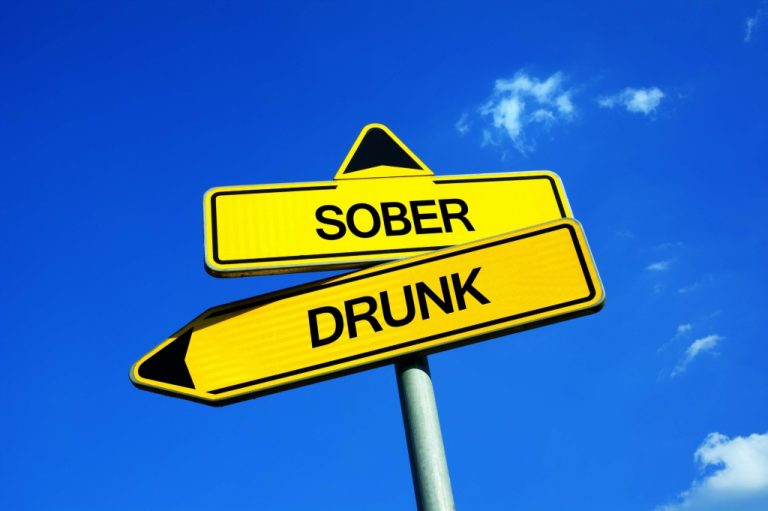Brain disease or biopsychosocial model in addiction? Remembering the Vietnam Veteran Study
This task is monumental but not impossible, and social learning theory points to a possible solution. For many people, the process includes stable periods and periods https://internet-law.ru/forum/index.php?topic=752.msg18931 characterised by emotional, relational, and social pain and trouble [6]. Thus, recovery processes should be met with patience and adjusted and collaborative support.

COMPLEXITY SCIENCE: CIRCULAR AND STRUCTURAL CAUSALITY
Expectations can also be important among people who use drugs; those who have greater expectancies of pleasure typically have a more intense and pleasurable experience. These expectancies may play a part in the development of substance use disorders (Fekjaer 1994; Leventhal and Schmitz 2006). When we see substance use disorders/addictions in a binary fashion, we are choosing one lens or another, which does not give us a clear picture of the person. You can further explore poverty, http://www.avtura.com.ua/books/results.php?char=F race, gender, and other examples of intersectionality that may play a role in a person’s substance use/addiction as you are working with them, ensuring your work is cultural, spiritual, gender-sensitive and trauma-informed. Notwithstanding evidence of influence of psychological and social factors on health and disease, there remains a tendency, possibly attributable to long-standing reductionist assumptions in the science, to roll everything up into the biological.
The Biopsychosocial Model of Addiction BIOPSYCHOSOCIAL VS. BIOMEDICAL MODELS OF ADDICTION
Consequently, any explanation of addiction must uncover the functional relationships that control drug use, including those that contribute to its pathological use at the expense of other behaviors. Theory is necessary as well as data, of the sort outlined in the first part of the paper. In brief, psychological causation, implemented in brain processes, involves regulation of behavioral functioning toward attaining or maintaining some state. Social factors can causally interact with psychological processes, for example by regulating task demands and available resources. Psychological and social causal processes are both causal in the sense of regulatory, as is one kind of causation in biology, the other being energy transformations and exchanges covered by physicochemical laws. As to dysfunction, this has to involve disruption to regulation (however caused), because physicochemical laws cannot be disrupted.
Temporomandibular disorder(s)

It would have to provide an integrating theory that explained exactly how these factors interact to cause illness in practice. The model could do this by, for example, defining its three domains clearly and explaining how social https://www.lifestyll.com/how-to-plan-for-a-pet-safe-holiday/ factors of type X cause biological events of type Y, which in turn produce symptoms of type Z, and so on. Engel hoped that general systems theory could be used to build this kind of scientific version of the BPSM (Engel 1977).
- With the emergence of psychology as an independent discipline, scientists could now begin asking empirical questions of how these events elicit biologically relevant responses that promote our survival.
- Our affinity for this inebriant was such that humans throughout most parts of the world had mastered the techniques of creating wine, beer, and distilled spirits 2000 years ago.
- Equally, it can be added, cognitive psychological models of specific systems such as memory and attention, need a wider, person-level framework to theorize how lowered function affects the person, for example, or typically, by compromising agency.
- It also takes into consideration aspects of health functioning such as addictive behaviour, diet, exercise, self-care, nutrition, sleep and genetics.
Understanding Own Substance Use
- The current paradigm for OUD treatment is typically centered on psychotherapy in individual and group settings, in addition to psychiatry.
- Neuroethics challenges arise when knowledge exclusively from neuroscience is deemed adequate to obtain a full understanding of a mental health disorder as complex as addiction.
- The biopsychosocial model provides a means of considering the myriad of factors that can contribute to the risk of addiction.
It’s a model that also points an accusatory finger at the specialty scientists and clinicians (the present author included!) who are interested in only one aspect of the phenomenon. Addiction is bigger than the person who needs help and the person who offers it – organizing principles are needed to describe it and organized structures are needed to heal it. This model of addiction is comprehensive in that it incorporates the critical determinants of drug use and acknowledges their causal role in addictive behavior.
- A severe psychological distress indicator within the past year was based on responses from past-month Kessler-6 (K6) items and the worst month in the past-year K6 items.
- Recent evidence suggests that the association between PTSD and opioid use is more pronounced in women than men (66).
- They are essentially labels that identify pools of unexplained symptoms for further study.
- The implications for addictive behavior are troubling – the individual who chooses to use drugs at the expense of what is good and virtuous has committed an act of moral depravity – an egregious act against the immortal soul itself.
Nutrition Interventions
14Slade et al.’s arguments may also indicate that the vagueness of the BPSM and “complex disorder” idea effectively grant researchers wide discretion in deciding what observations would be validating of a construct like TMD. For an example of the appeal-to-authority argument, consider an article on irritable bowel syndrome (IBS) by Camilleri and Choi (1997). To be diagnosed with IBS, a patient must report bowel troubles and also show no signs of “organic disease” (Camilleri and Choi 1997, 3, 8, 9, 11). Yet Camilleri and Choi classify IBS itself as “a disease.” In fact, they call it “the most common disease diagnosed by gastroenterologists” and say that “it” “affects about 20% of all people at any one time” and “has a large economic impact” (Camilleri and Choi 1997, 3). AA and NA are not for everyone, and a number of reasons have been given by individuals who left these programs voluntarily while still in recovery (e.g., the emphasis on religiosity; Kelly et al., 2011). Fortunately, many other continuing care programs are available that provide similar sets of social-network-based metacontingencies to promote long-term abstinence (e.g., SMART, LifeRing, Refuge Recovery/Recovery Dharma, SOS, Women for Sobriety).
For example, Engel argues at one point that, in schizophrenia, “conditions of life and living… [and] psychophysiologic responses to life change may12 interact with existing somatic factors” to shape the onset and severity of “the manifest disease” (Engel 1977, 132). The presumptive somatic and physiologic factors in schizophrenia are unknown according to Engel, and “life” is an all-encompassing category. A sound causal explanation cannot invoke unknown/conjectured factors and all-inclusive categories. However, since Engel makes these claims while still in the epistemically-uncharted territory of “illness” and “human experience,” there is nothing internal to the discussion itself that clearly rules them out.



